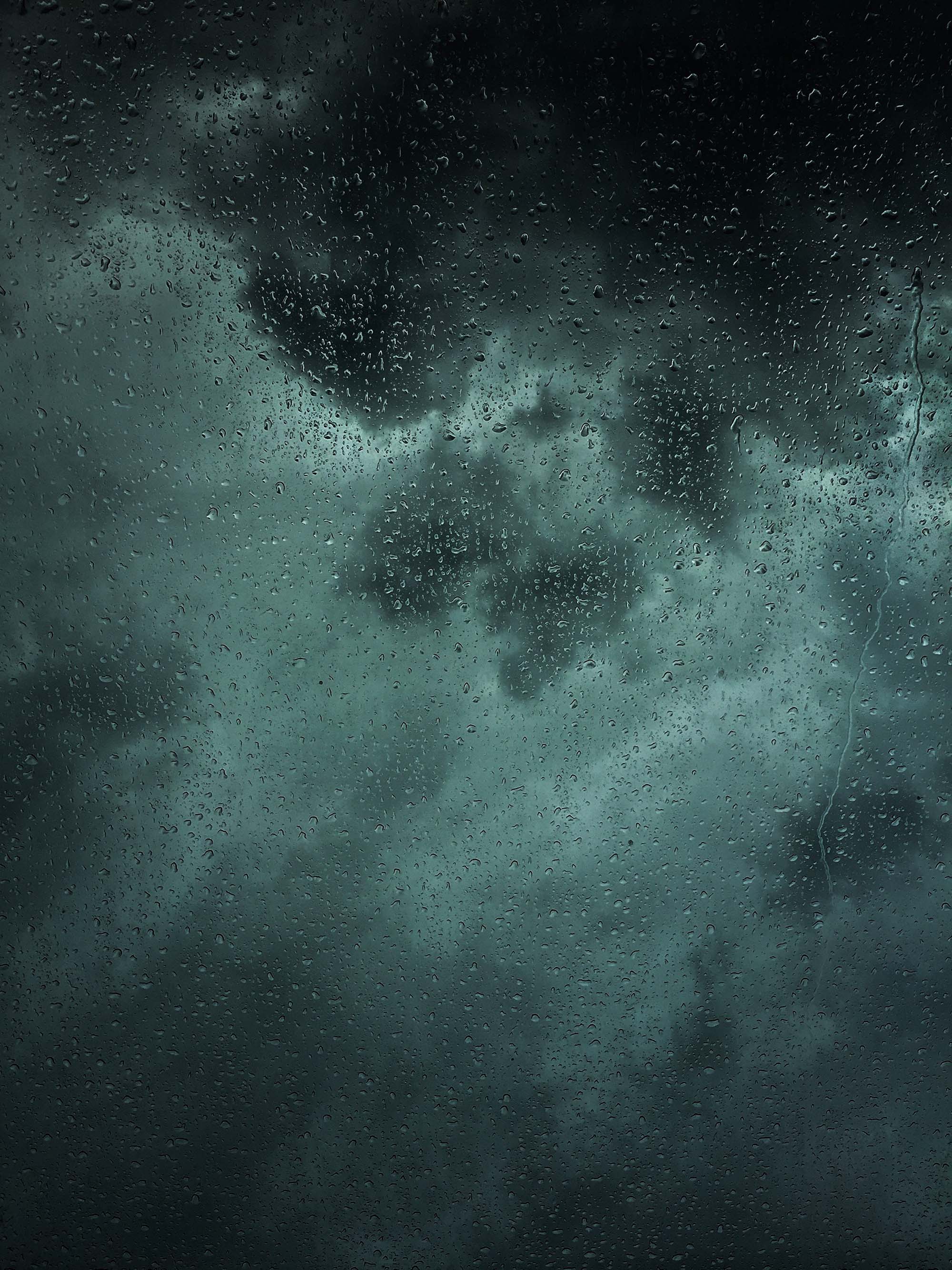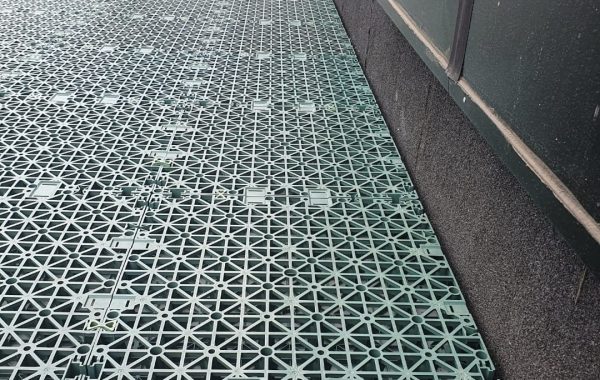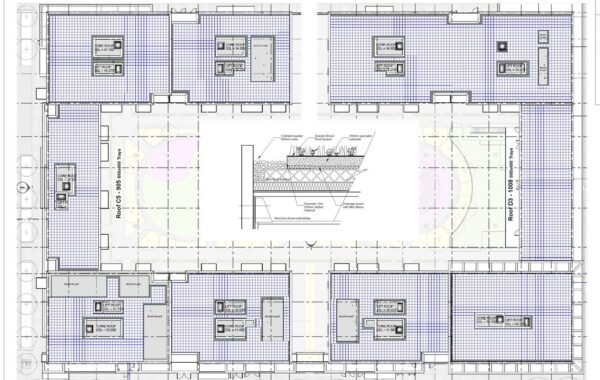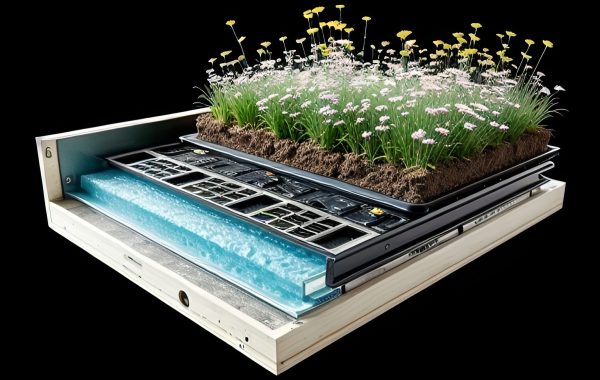The rapid urbanisation of our world brings both opportunities and challenges, with one of the pressing challenges being the effective management of stormwater in cities. As climate change leads to more frequent and intense rainfall events, traditional drainage systems struggle to keep up. It’s here that Blue Roofs step in, offering innovative solutions that not only manage stormwater effectively but also elevate sustainability in urban environments.
The Need for Sustainable Stormwater Management:
Urban areas are characterised by a high percentage of impermeable surfaces such as roads, pavements, and buildings. When it rains, these surfaces prevent water from soaking into the ground, causing runoff that can overwhelm drainage systems and lead to flooding. This is where Blue Roofs come into play.
What Are Blue Roofs?
Blue Roofs are engineered systems installed on rooftops designed to temporarily store rainwater during storms. Unlike traditional roofs that rapidly shed rainwater, Blue Roofs capture and manage it, slowing the release into drainage systems or for reuse.
Elevating Sustainability with Blue Roofs
The primary goal of Blue Roofs is to elevate sustainability in urban areas. By capturing and controlling rainwater, these systems reduce the risk of flooding, prevent pollution of water bodies, and conserve valuable water resources. This sustainable approach aligns with the principles of Low Impact Development (LID) and green building practices.
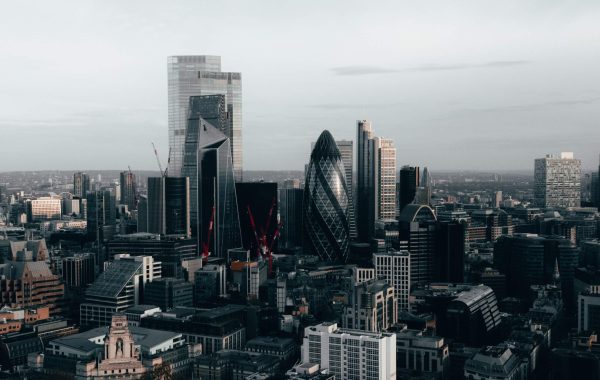
Blue roofs blend seamlessly within urban environments
Benefits of Blue Roofs
Flood Mitigation:
Blue Roofs significantly reduce the risk of flooding during heavy rain events, protecting properties and communities.
Water Conservation:
Harvested rainwater can be used for various purposes, such as irrigation and toilet flushing, reducing reliance on municipal water supplies.
Energy Efficiency
Blue Roofs can enhance building energy efficiency by providing additional insulation and reducing the urban heat island effect.
Regulatory Compliance
Many regions are implementing stricter stormwater management regulations, and Blue Roofs help meet these requirements.
Design Considerations:
Blue Roofs are not one-size-fits-all. Proper design is crucial to ensure they meet the specific needs of a project. Factors like local climate, rainfall patterns, and building usage influence the design.
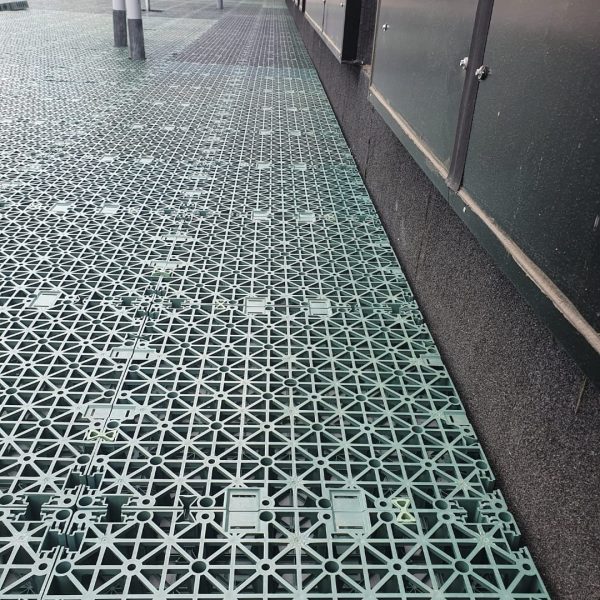
Blue roof installations are flexible and adaptive
Installation and Maintenance:
Installing a Blue Roof requires expertise, and regular maintenance is essential to ensure optimal performance. Inspection, cleaning, and repairs are part of the maintenance routine.
Blue Roofs are more than just a stormwater management solution; they are a step towards elevating sustainability in our urban environments. With their ability to effectively manage rainwater, reduce flooding, conserve water resources, and promote eco-friendly building practices, Blue Roofs represent a sustainable future for our cities.
“Remember, the journey to sustainability starts with small steps, and adopting Blue Roofs in urban planning is a significant stride towards a greener and more resilient tomorrow.”


